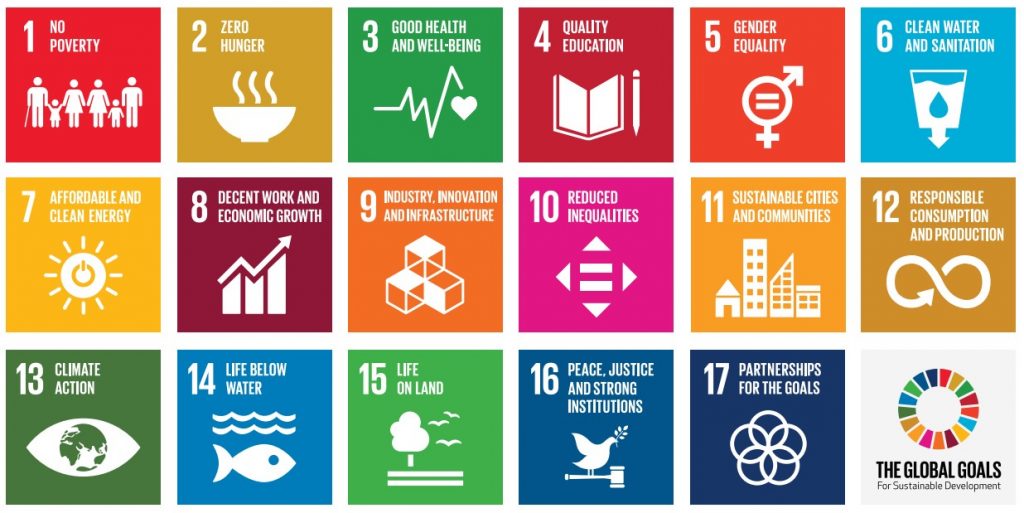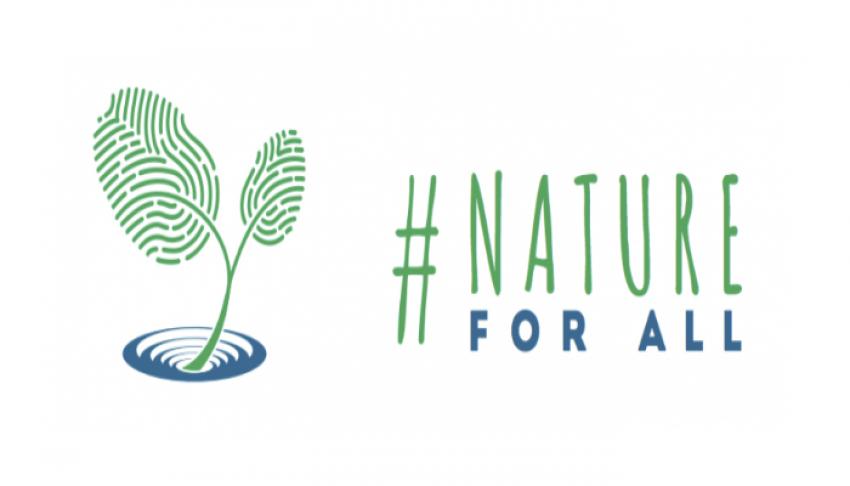Living Links is contributing to many other strategic programs and initiatives occurring at multiple scales – from the Dandenong Creek catchment to the world:
Dandenong Creek Catchment
Healthy Waterways Strategy 2018-2028
The Healthy Waterways Strategy provides strategic direction for the management of waterways, wetlands, rivers and creeks across the Port Phillip and Westernport region. The Co-designed Catchment Program for the Dandenong Catchment Region contains detailed targets and performance objectives set out for the catchment and its sub-catchments. The following goals are particularly relevant to Living Links:
- Waterways, wetlands and floodplains provide biodiversity corridors that allow the key environmental values to move and adapt to changes in condition and climate.
- Waterways, wetlands and floodplains are inviting places that are connected and accessible for public enjoyment and amenity.
Integrated Water Management Framework
The Victorian Government has developed the Integrated Water Management Framework for Victoria to help government, the community and the water sector to work together to plan, manage and deliver water in Victoria’s towns and cities. Fifteen Integrated Water Management Forums have been established across the state to identify, prioritise and oversee the implementation of collaborative water opportunities. Each forum has produced a Strategic Directions Statement that captures the regional context, shared vision and water-related outcomes.
The Dandenong Forum covers the Dandenong Creek catchment (the Living Links region) as well as the western side of the Mornington Peninsula.
Strategic outcome areas of particular relevance to Living Links are:
- Healthy and valued waterways and marine environments
- Healthy and valued urban and rural landscapes
Metropolitan Melbourne
Metropolitan Melbourne covers 32 local government areas, including the entire Living Links region (the Dandenong Creek catchment). The following initiatives apply to this region:
Plan Melbourne is the Victorian Government’s long‐term plan to accommodate Melbourne’s future growth in population and employment. It applies to the 32 local government areas that are impacted by the Urban Growth Boundary. Directions 6.4 (‘Make Melbourne cooler and greener’) and 6.5 (‘Protect and restore natural habitats’) are directly relevant to Living Links, including the following actions:
- Create an urban forest (see ‘Living Melbourne: our metropolitan urban forest‘)
- Strengthen the Metropolitan Open Space Network
Resilient Melbourne is part of the global challenge of 100 Resilient Cities pioneered by the Rockerfeller Foundation, which helps cities around the world build resilience to the economic, social and physical challenges of the 21st century. Two of the flagship actions emerging from Resilient Melbourne are:
- Metropolitan urban forest strategy – to extend and link existing urban greening, reforestation and nature initiatives across Melbourne, to improve wellbeing and reduce our exposure to hazards such as heatwaves and flooding.
- Metropolitan cycling corridor network – Melbourne’s metropolitan councils will collaborate with citizens and Victoria’s main transport bodies to establish a metropolitan bicycle path network, to help make cycling a safer and more practical alternative to car travel.
Port Phillip & Westernport Region
Port Phillip and Westernport Regional Catchment Strategy
The Regional Catchment Strategy (RCS) is the primary integrated planning framework for land, water and biodiversity that aims to strengthen the health and resilience of our region’s natural environment. Living Links is working to strengthen the ‘Dandenong Ranges to Port Phillip Bay’ Naturelink identified in the strategy. The RCS theme most relevant to Living Links is Community (Communities in Integrated Catchment Management). The RCS is currently being renewed with a new strategy anticipated in mid-2021.
Biodiversity Conservation Action Plan 2024-28
The Biodiversity Conservation Action Plan (BCAP) provides a practical guide for Melbourne Water and its partners to direct management efforts that will maximise the protection and enhancement of native biodiversity across the Port Phillip and Westernport region over the next five years.
The BCAP sets out:
- Regional spatial priorities for biodiversity investment
- Objectives and actions that Melbourne Water will deliver as an organisation to better protect and conserve biodiversity
- A monitoring plan to measure and track the progress of actions and outputs from the plan.
International
United Nations Sustainable Development Goals
The Sustainable Development Goals are the blueprint to achieve a better and more sustainable future for all. They address the global challenges we face, including those related to poverty, inequality, climate change, environmental degradation, peace and justice. The 17 Goals are all interconnected, and in order to leave no one behind, it is important that we achieve them all by 2030. Living Links supports seven Sustainable Development Goals: (3) Good health and wellbeing, (6) Clean water and sanitation, (11) Sustainable cities and communities, (13) Climate action, (14) Life below water, (15) Life on land, and (17) Partnerships for the goals.

#NatureForAll is a global movement to inspire love of nature. At its core is a very simple idea: the more people experience and share their love of nature, the more support and action there will be for its conservation. The growing knowledge base that links connecting with and caring for nature is an important part of #NatureForAll.
#NatureForAll was formally launched on September 2nd at the 2016 International Union for Conservation of Nature (IUCN; the world’s oldest and largest environmental conservation organisation) World Conservation Congress in Hawai’i.
Living Links is proud to be a partner in #NatureForAll.
The video below provides an inspiring introduction to #NatureForAll:



